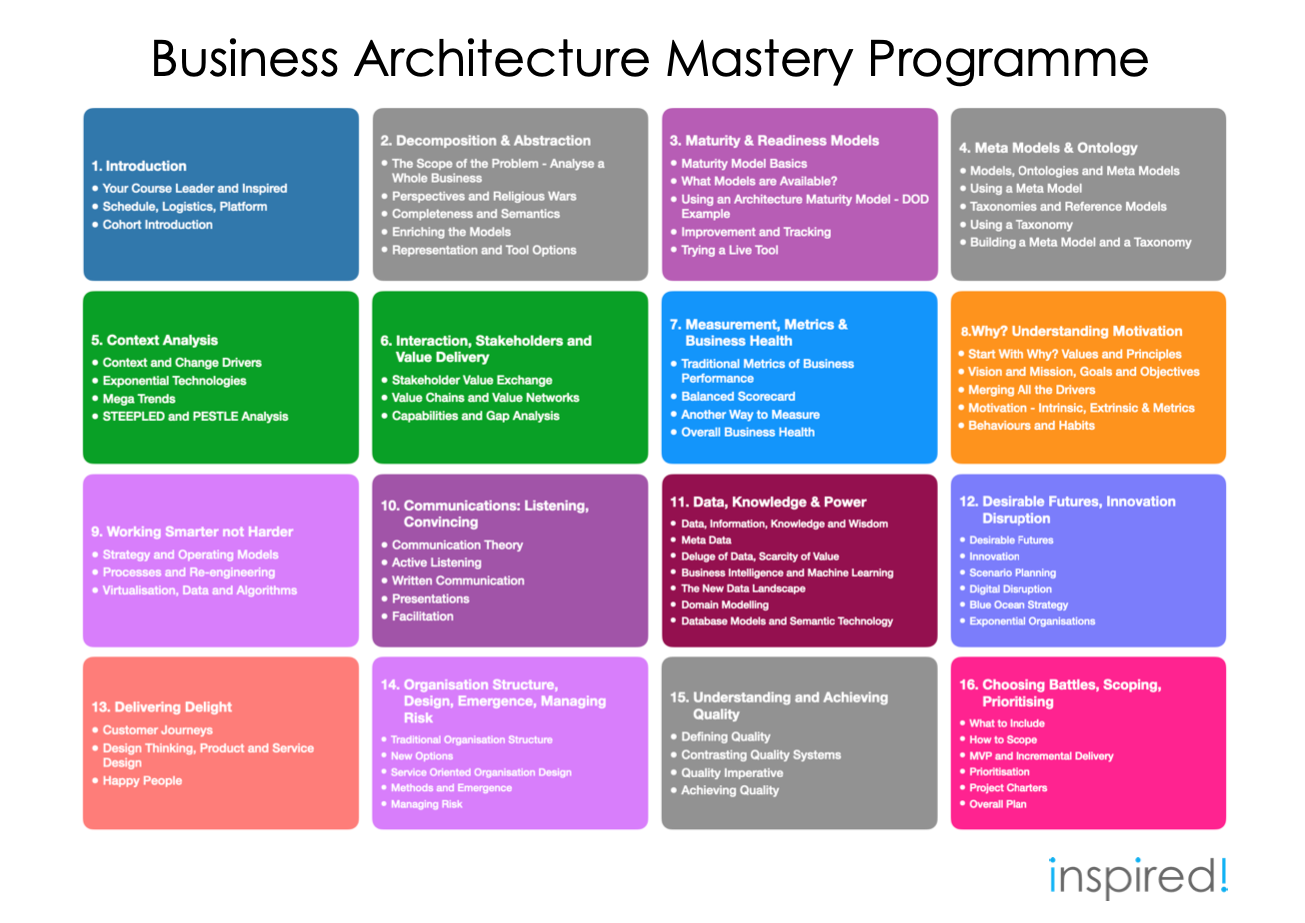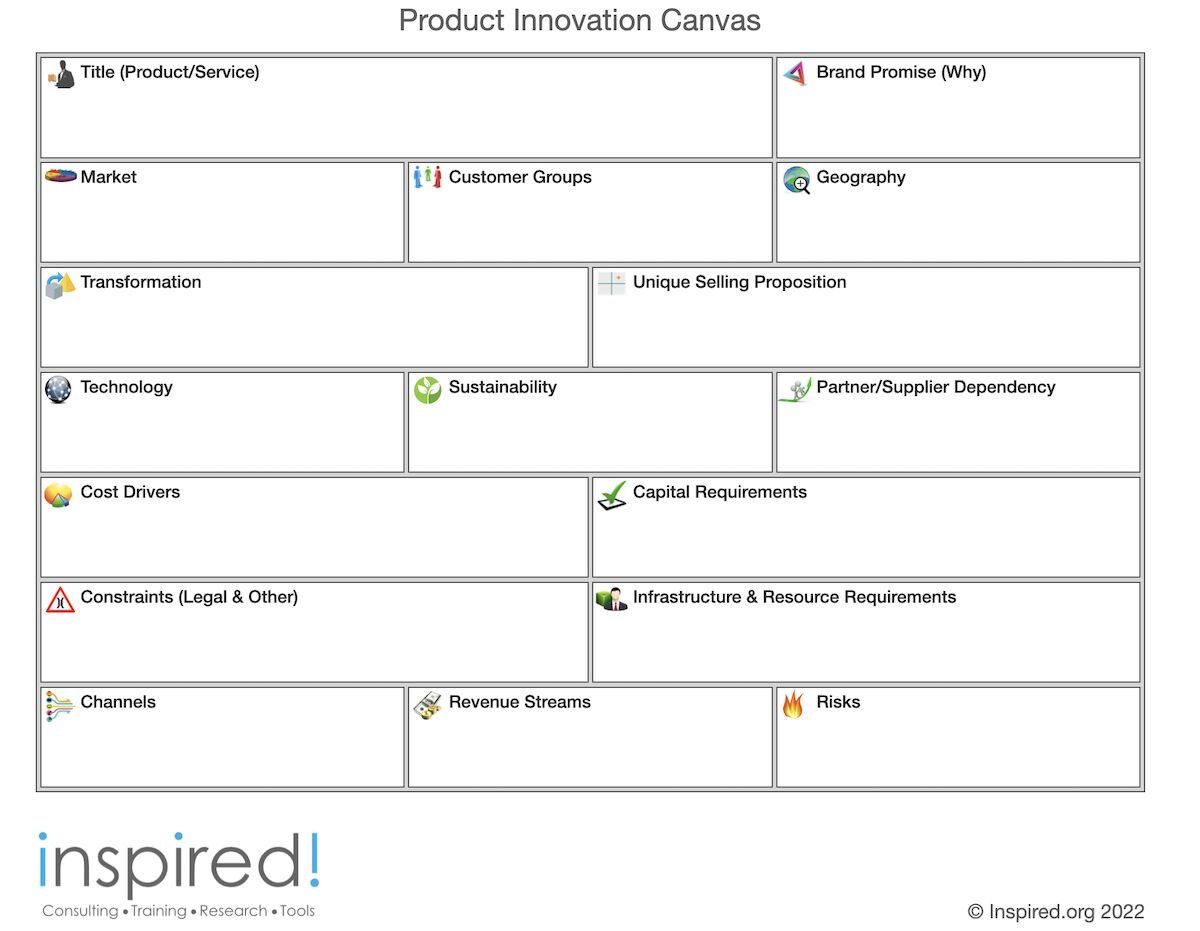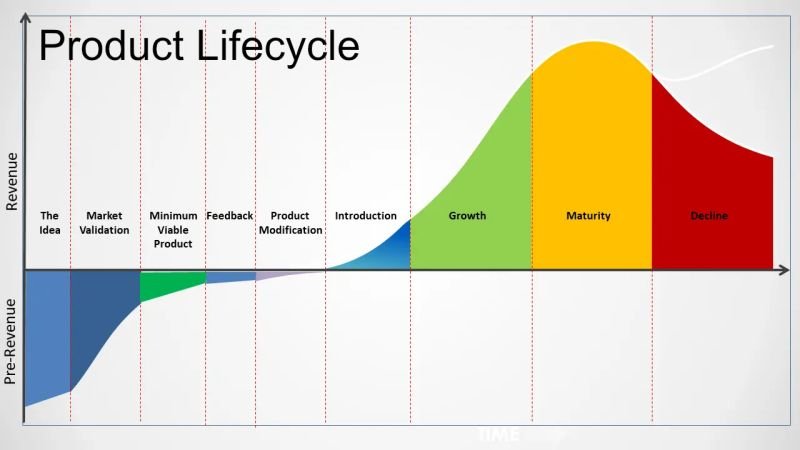I saw videos on Youtube addressing “Signs of intelligence” in people - one good one was from Success Formulas. Contemplating how intelligence translated to action creates value and how that applies to organisations vs people. So, here are 13 marks of intelligence in enterprises:
Curiosity - A desire to be aware of, to know and to understand. This applies to the environment, competition, economy, technology and many other factors. Enhanced by open culture, available resources, sharing and availability of open channels and information
Adaptability and Flexibility - Willing to change procedures, processes, ways of working for the better, especially based on facts and evidence. Supported by investment in research, training and mentoring. Encouraged by value driven culture
Sense of Humour - Being able to find the funny in the absurd or adversity. Being able to see our own faults, recognise them, acknowledge, learn from them and move on
Learning from Mistakes - Not just allowing mistakes, but actively learning from them and spreading the learning so we don’t make them again
Versatile Memory - Recording things, organising things, sharing knowledge, use of ontologies, making knowledge explicit rather than than tacit. Supported by semantic technology, graph database, AI
Emotional Intelligence - Paying attention to the people side, desires, aspirations. Creating a good culture which values individuals and looks to satisfy their needs, but also demands high standards and delivery
Intellectual Humility - Our way is not the only way. We can always learn more. Take in research, see what competitors are doing, find new models. Being open
Creativity - Sparked by open innovation, forums, pet projects supported by enterprise resources, some pure research just based on curiosity. Leaving space for serendipity
Open Mindedness - Accepting of new ideas, diversity (age, race, gender, culture, language, income, values…)
Effective Communication - In all forms. To the ecosystem surrounding us (Partners, Regulators, Industry Bodies, Interest Groups, Unions, Media, Employees, Public, Shareholders…) via various media. Also encouraging free and open communication internally. Creating collateral which clearly communicates who we are and what we are about
Self Awareness - Reflection, good metrics. Knowing our strengths, weaknesses, opportunities and threats. Able to focus on what we do uniquely and well while outsourcing other things or improving them
Strategic Planning - Thinking long term, but acting in the present in alignment with vision. Enhanced by business and enterprise architecture
Range of Interests - Diversification. Not putting all our eggs in one basket / product / service or small group of customers. Being aware of the “adjacent possible” to come up with new, possible Blue Ocean offerings
Here’s to more intelligent enterprises in the coming year, leading to Desireable Futures.














